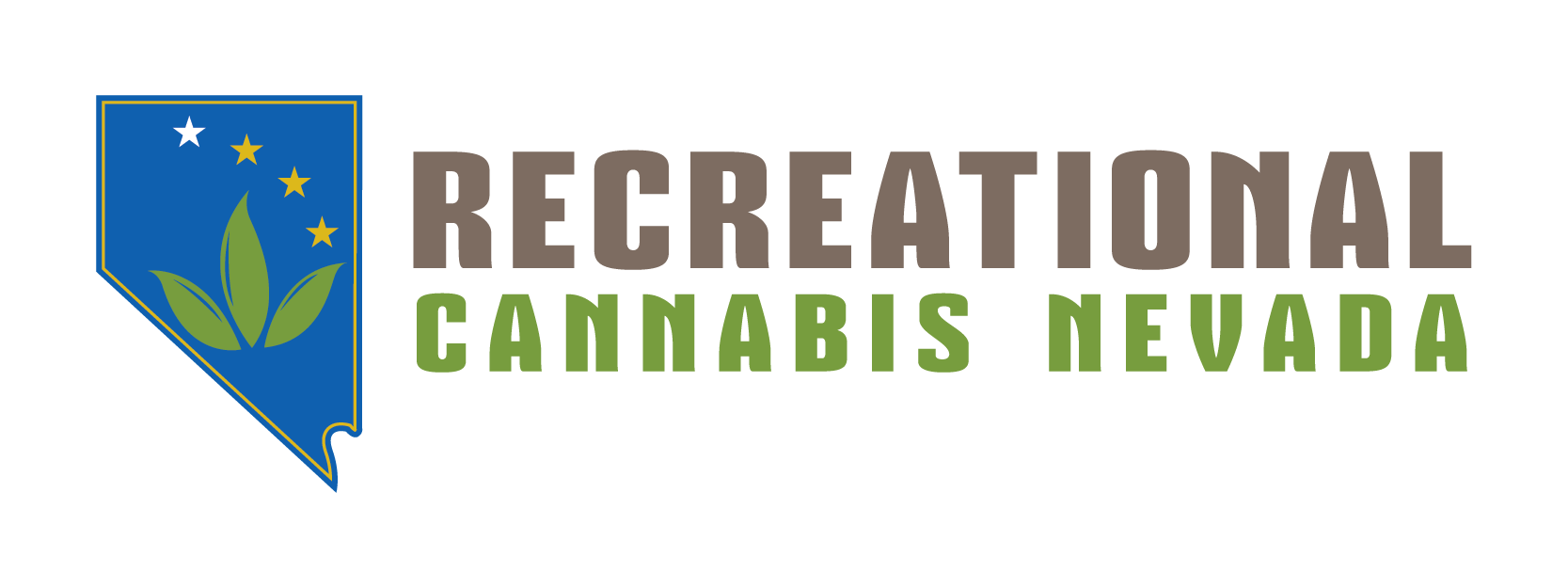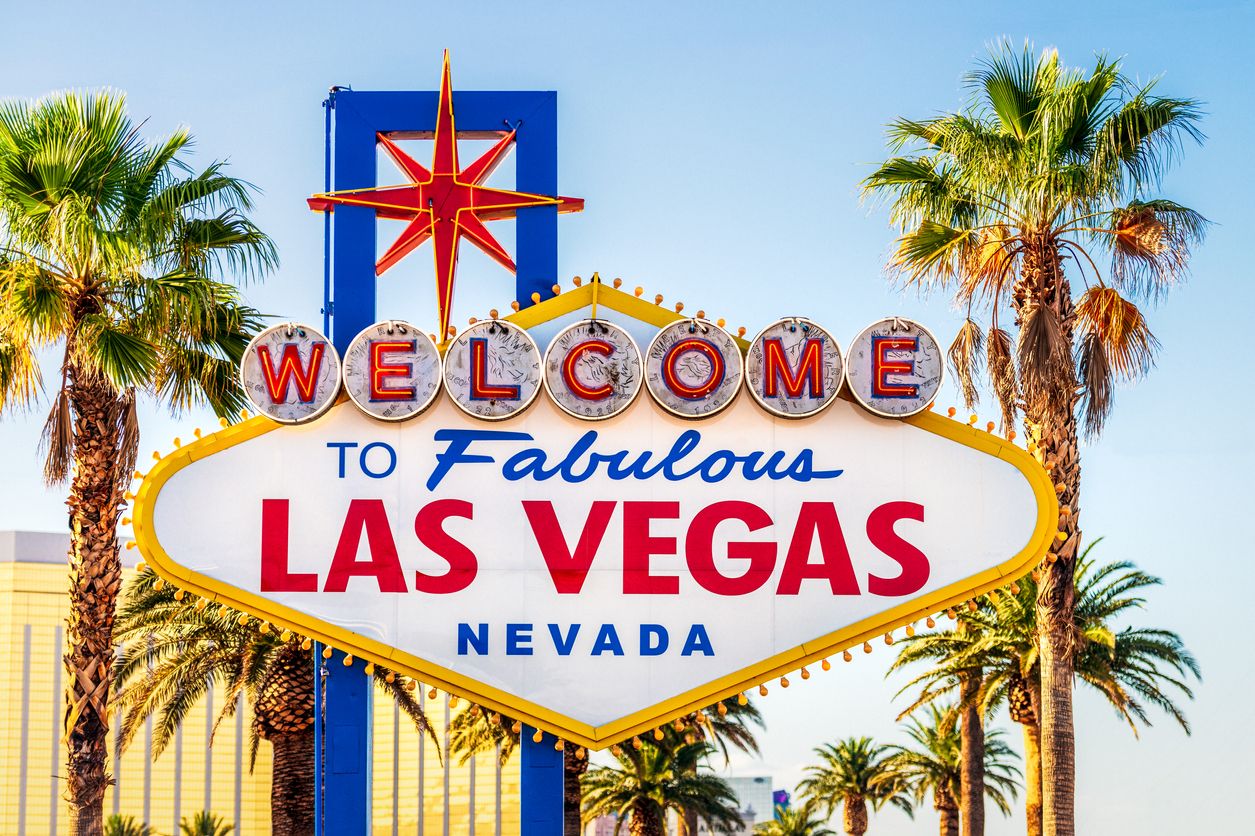Cannabis tinctures are among the most time-tested, discreet, and user-friendly ways to consume cannabis. Once relegated to apothecaries and early medical use, tinctures are now enjoying a modern renaissance—favored for their controlled dosing, fast onset, and versatility across both medical and recreational markets.
This article explores what tinctures are, why consumers use them, and which brands and formulations dominate the market today.
What Are Cannabis Tinctures?
Cannabis tinctures are liquid extracts made by soaking cannabis flower (or concentrate) in high-proof alcohol or MCT oil to extract cannabinoids like THC and CBD. The resulting solution is usually placed in a dropper bottle and consumed sublingually (under the tongue) or added to drinks and food.
Common Base Types:
- Alcohol-Based: Faster absorption; traditional extraction method.
- Oil-Based (often MCT): Milder on the mouth; increasingly popular for flavor and ease.
Most tinctures come in small amber bottles with clearly marked droppers, making precise dosing much easier than inhalation methods.
Key Components
- Cannabinoids: THC, CBD, or blends like 1:1, 20:1, or CBD-dominant
- Terpenes: Optional—added for flavor or entourage effect
- Carrier Liquid: Alcohol, coconut-derived MCT oil, or olive oil
Some formulations also include adaptogens, herbs, or melatonin to enhance their effects—such as sleep support, pain relief, or daytime alertness.
Medical Cannabis Patients & Tinctures
Tinctures have long been a preferred format for medical cannabis patients, especially those seeking non-smoking alternatives. Their benefits include:
- Discreet and odorless use
- Fast absorption when taken sublingually (usually 15–45 minutes)
- Adjustable dosing in small increments (usually measured in milliliters)
- Long shelf life—up to several years when stored properly
Common Medical Uses:
- Chronic pain
- Neurological disorders (e.g., MS, epilepsy)
- Anxiety and PTSD
- Sleep disorders
- Appetite stimulation for cancer or HIV/AIDS patients
According to data from Project CBD, tinctures are often recommended for elderly patients, those with autoimmune issues, or users seeking long-term symptom management without the harshness of smoking or the unpredictability of edibles.
Recreational Cannabis Consumers & Tinctures
Though more traditionally associated with medical use, tinctures are gaining popularity among recreational consumers looking for an intoxicating yet controlled experience.
Key Advantages for Rec Consumers:
- No smoke or smell—ideal for apartments, travel, or discretion
- Calibrated THC doses—like 2.5mg, 5mg, 10mg per dropper
- Easy to microdose or stack—suitable for beginners and social settings
- Versatility—can be taken alone or added to drinks
In fact, many wellness-conscious recreational consumers prefer tinctures for daytime use, workouts, socializing, or as a way to enhance mood without a heavy high.
Scientific Perspective & Efficacy
A 2020 review published in Frontiers in Pharmacology noted that sublingual cannabis formulations have higher bioavailability than edibles and can be easier on the liver (frontiersin.org). This makes tinctures particularly effective for:
- Quick symptom relief
- Lower doses with comparable effects to edibles
- Avoiding first-pass metabolism for faster onset
Moreover, the entourage effect—a synergistic interaction between cannabinoids and terpenes—may be more pronounced in full-spectrum tinctures than in isolated THC or CBD oils.
Popular Brands in the U.S. Market
Here are some leading cannabis tincture brands that are available in legal U.S. states:
1. Papa & Barkley (California)
- Known for: Full-spectrum, solventless tinctures
- Formulas: Releaf (CBD-rich), Sleep Releaf (with CBN), THC Releaf
- Medical & wellness focus
2. Care By Design (California)
- Ratio-based tinctures: 40:1, 18:1, 1:1 CBD to THC
- Targets: Pain, stress, inflammation
- Available in both alcohol and oil bases
3. Rebel Coast (Nevada)
- Focused on fast-acting sublingual THC tinctures
- Flavored options for easier oral use
- Recreational leaning
4. Curaleaf (Multi-State)
- Broad portfolio across medical and recreational dispensaries
- Includes strain-specific or effect-based tinctures
- Widely available in Florida, Nevada, New York, and more
5. Wana Wellness (Colorado, expanding)
- CBD and CBG tinctures, non-psychoactive
- Marketed toward wellness, anxiety support
These brands typically list full test results and COAs (Certificates of Analysis) to assure quality and transparency.
Tincture Travel Tips
- Don’t fly with THC tinctures across state lines, even between legal states—it’s a federal crime.
- CBD-only tinctures (under 0.3% THC) are legal nationwide under the 2018 Farm Bill, but always check airline and destination policies.
- Keep tinctures in clearly labeled original packaging and avoid repackaging in unmarked bottles.
Future of Tinctures
With continued growth in low-dose, health-oriented cannabis, tinctures are poised to expand further—especially with the rise of cannabinoid diversity (e.g., CBN for sleep, CBG for focus, THCV for appetite suppression).
More brands are also exploring nanotechnology to improve absorption, customized terpene profiles, and even AI-guided dosing apps to match individual tolerance and goals.
A Final Thought
Tinctures may not have the flashiness of vapes or the fun of gummies, but their precision, subtlety, and versatility make them a go-to choice for many cannabis users—medical and recreational alike.
Whether you’re looking for pain relief, a mood lift, or a smokeless buzz, tinctures offer a customizable experience rooted in both science and tradition. As the industry grows, expect to see even more innovations that make this format a staple in every cannabis toolkit.

